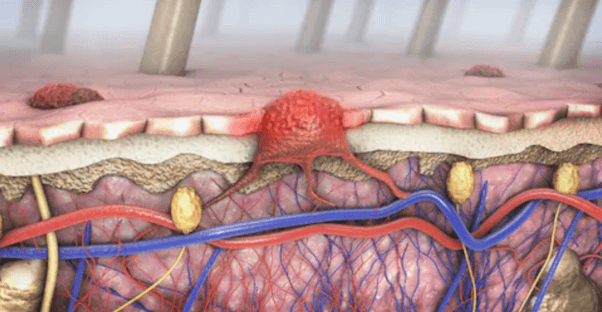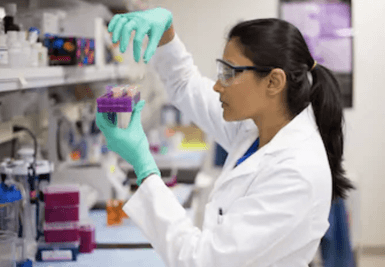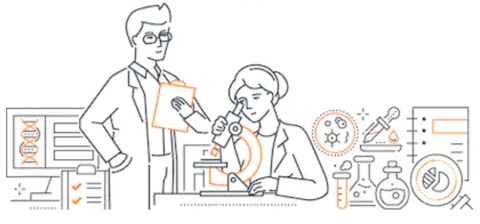Based on TCGA, GEO big data or customer samples, we carried out a variety of experiments to verify the cellular, in vivo and molecular mechanisms of the selected new functional genes, in order to provide a preliminary data basis for the determination of follow-up antineoplastic drug targets and biomarkers.
The function of the target gene was verified at the tumor cell line and animal level, and the molecular mechanism of the target gene was discussed from downstream molecular discussion, interaction protein screening, DNA methylation detection, acetylation, ubiquitin, autophagy, dryness, senescence and other hot mechanisms.
2. Objective to verify the function of gene in vivo: the target gene knockout tumor cells and control tumor cells were prepared, and the tumor models were constructed by subcutaneous tumor formation in nude mice or by tail vein injection. record the tumor growth curve, wait for the tumor to grow to a certain extent, kill the mice, take the tumor tissue, measure and analyze the data.
Our Advantage
Mature and reliable Genecard Plus platform: rich project experience, participate in major projects, and publish high-level cooperation results.
The analysis contents and methods based on high-quality data analysis, pre-research and verification are indeed mature and feasible.
* For Research Use Only. Not for use in the treatment or diagnosis of disease.










